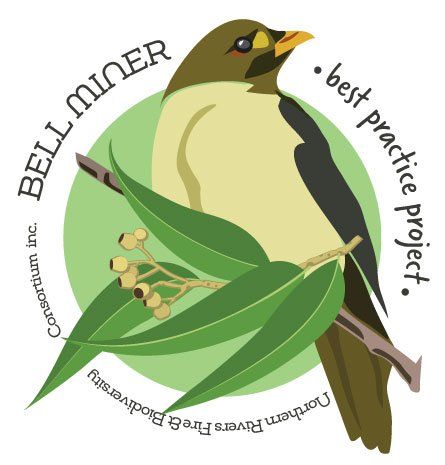How do I know if I have BMAD?
Once you know what you're looking for, finding BMAD can be easy.
Not all dieback is caused by BMAD, but if you are in northern New South Wales and there are bell miners nearby, it is very likely to be BMAD. While a range of eucalypt species can be affected, the most frequently impacted in the North Coast region are:
- Ironbark or grey coastal ironbark ( E. siderophloia )
- Sydney blue gum ( E. saligna )
- Flooded gum ( E. grandis )
- Grey gum ( E. punctata )
- Narrow-leaved white mahogany ( E. acmenoides )
If you aren't sure what species of eucalypt trees you have, click
here
for a guide to eucalypt species from the region and their susceptibility to BMAD.
The
6 Signs of BMAD
- Trees don't have a full canopy of healthy leaves and the branches are or becoming
stunted, bare and exposed.
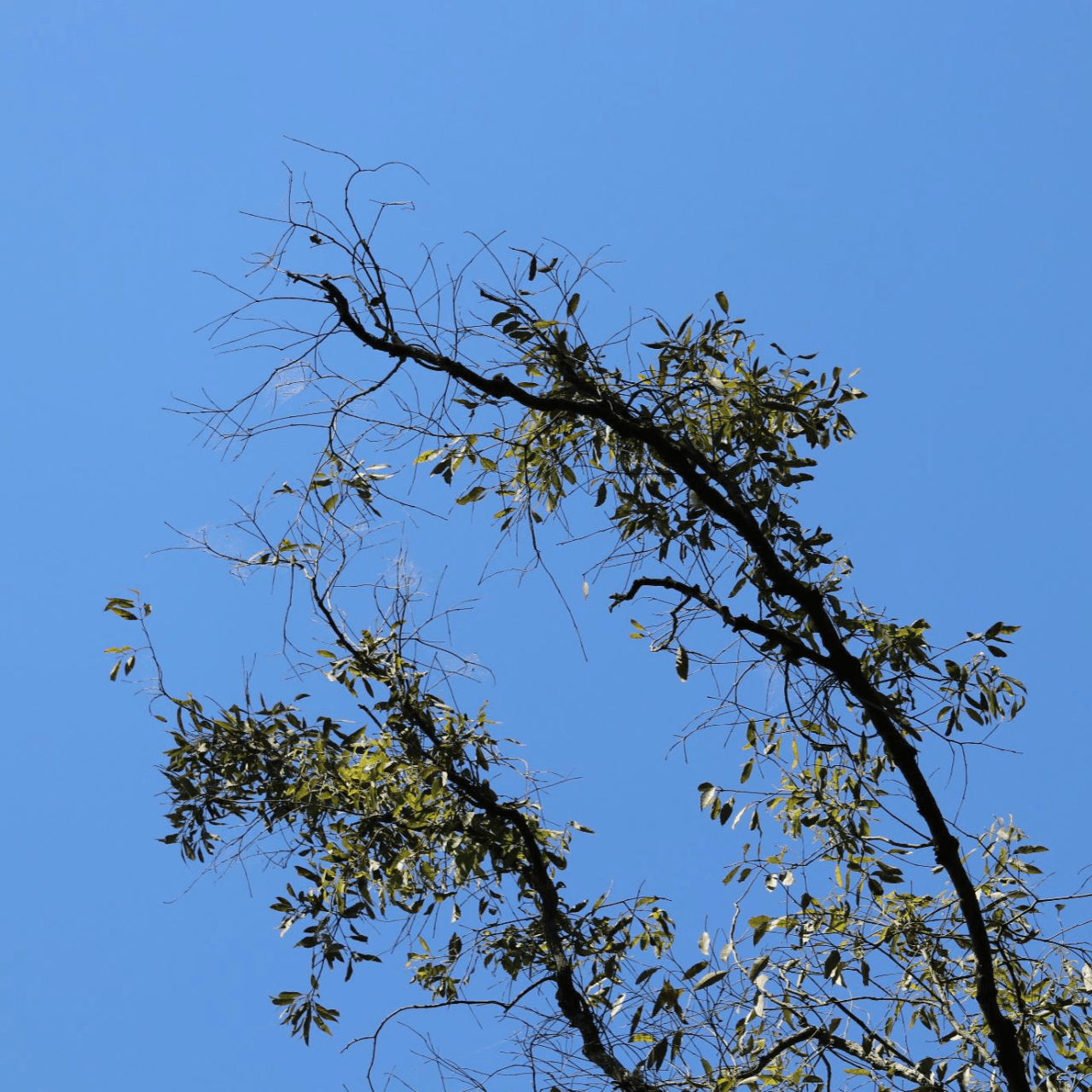
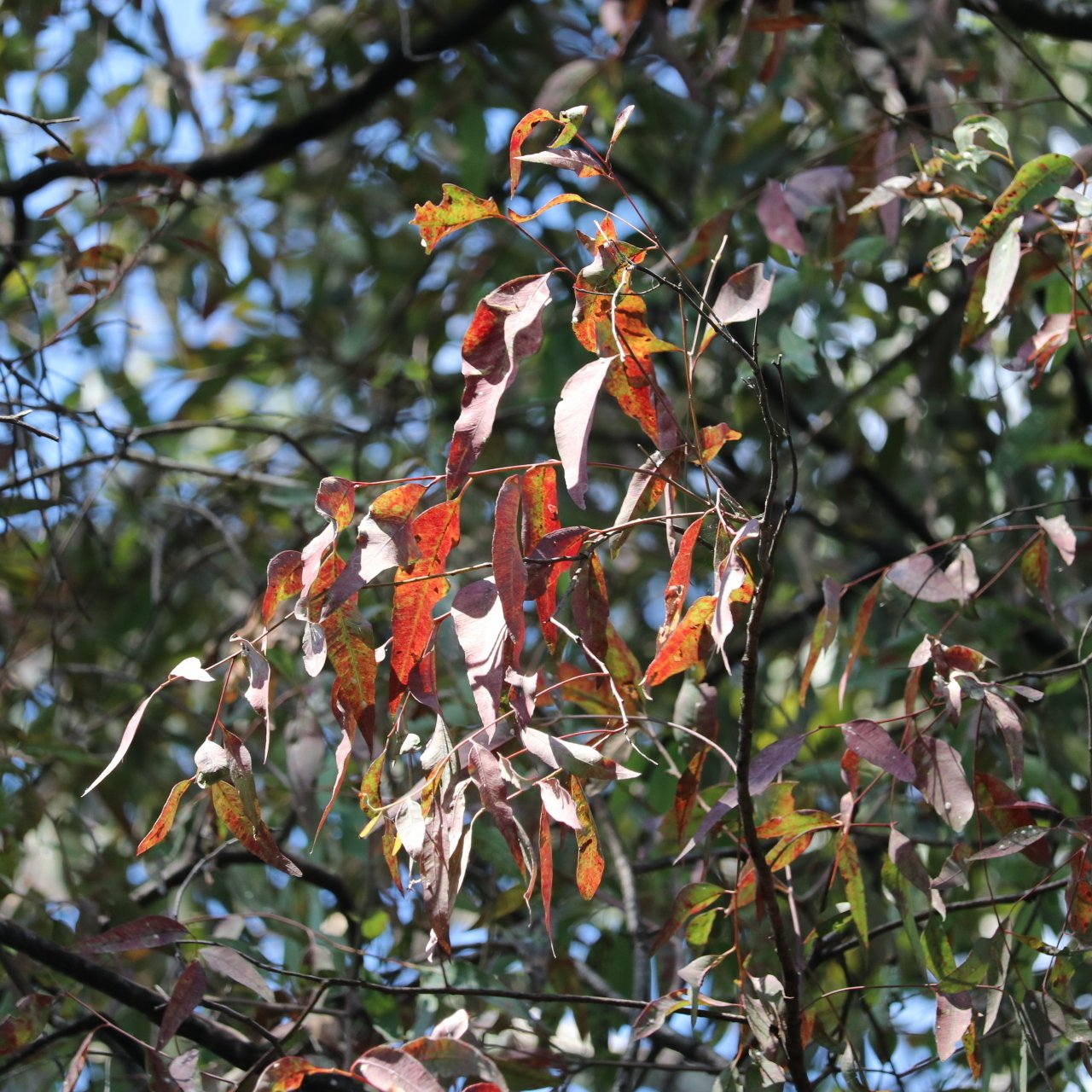
2. Leaf growth may have a red-bronze colour (not to be confused with a similar, but more healthy looking seasonal flush of growth in some eucalypt species).
3. Badly affected trees will have epicormic growth. The tree is using its internal energy resources to sprout leaves directly from the trunk or larger branches.
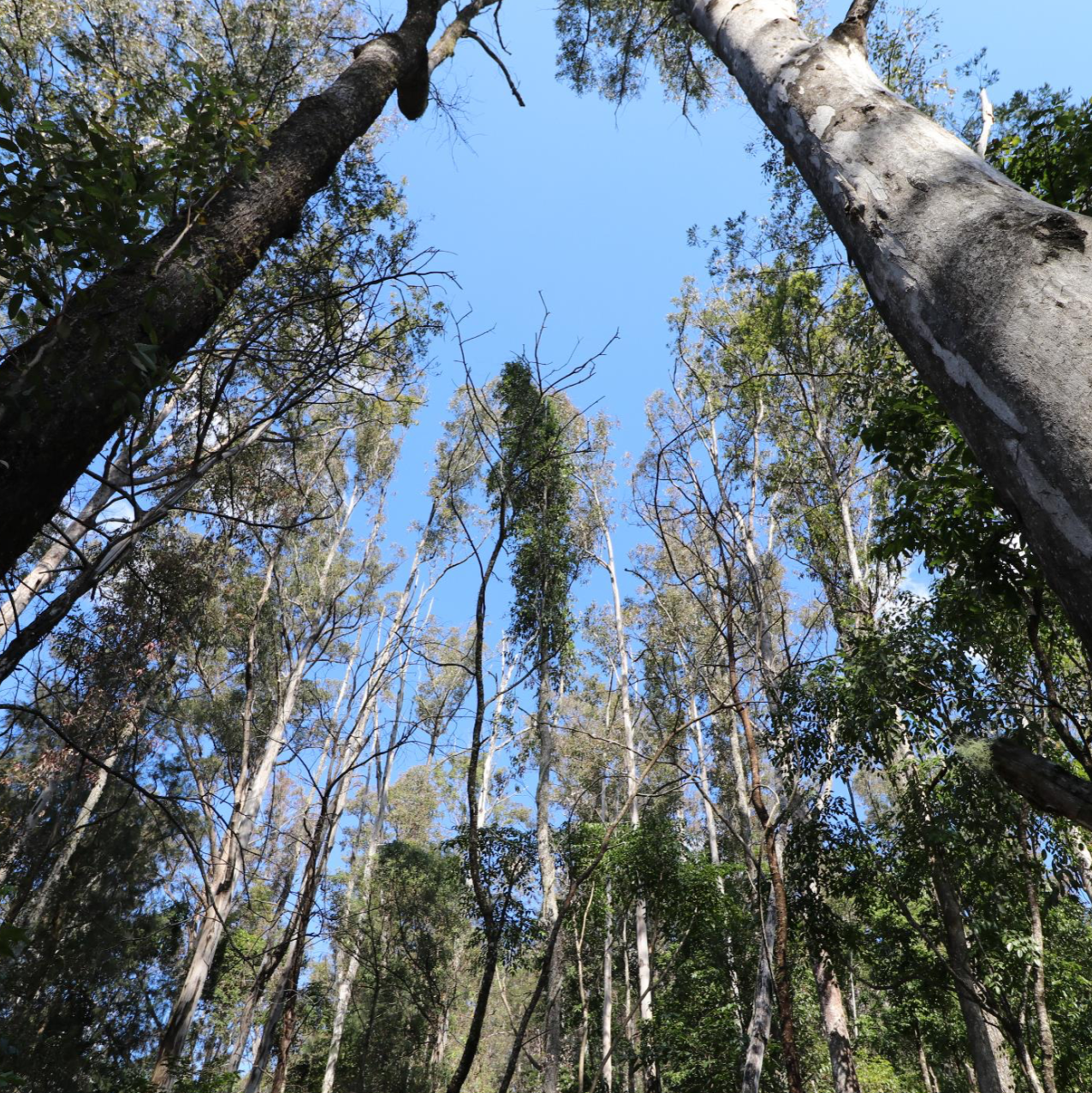

4. There will be a
dense
lower mid-storey
between 2 and 6m in height comprising invasive native or weed species that provide nesting habitat for the bell miner at the site or nearby. These species may be lantana,
Pittosporum, or water vine (Cissus antarctica).
5. If bell miners are present, there may be a
lack of other bird species, especially within the Bell Miner colony. Some species (e.g. lyrebirds, brush turkeys) may still be present as they are not harassed by bell miners, other species learn to hide in understory/ground layer vegetation.
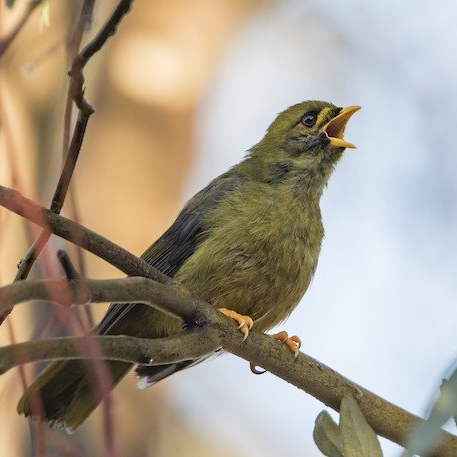
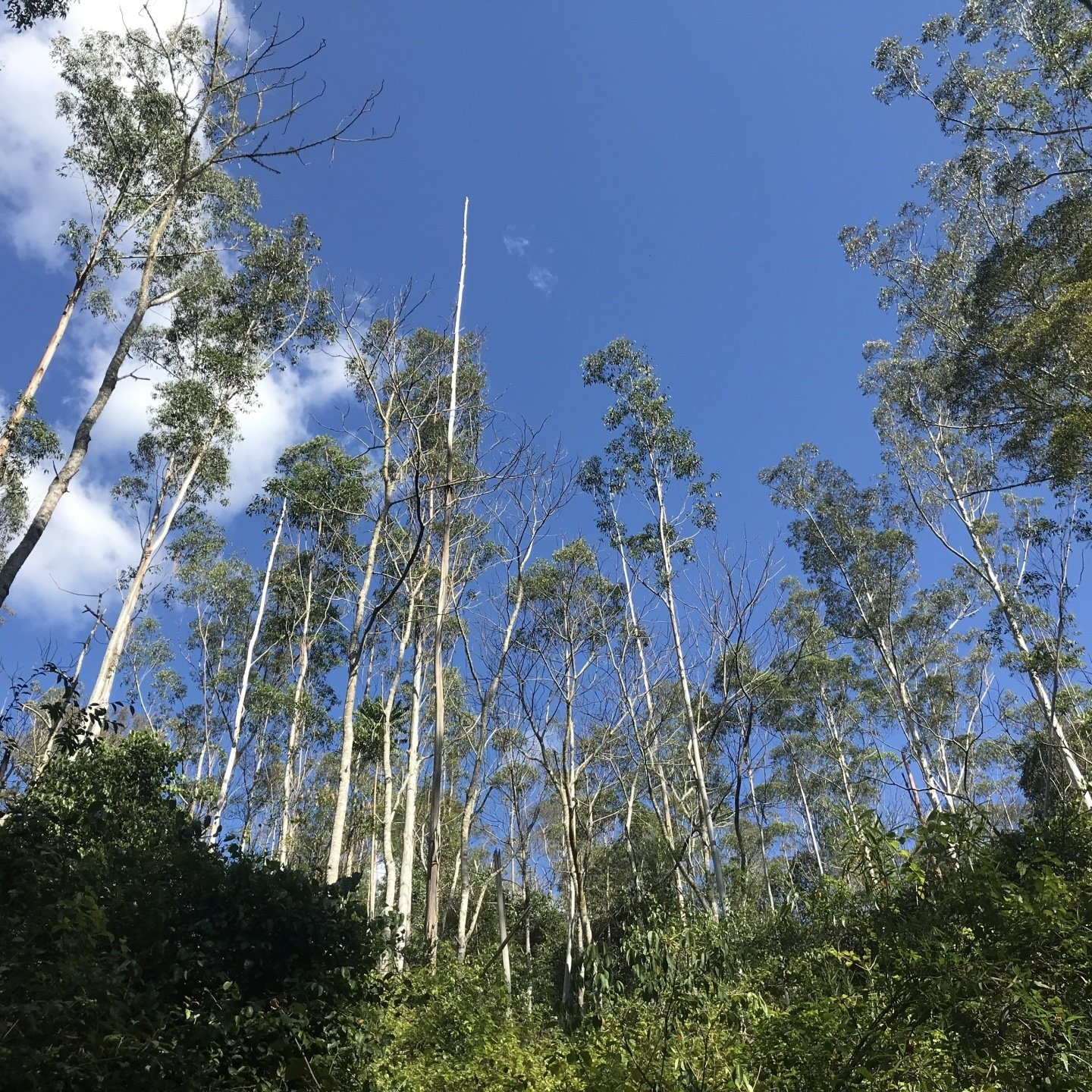
6. Other
fauna may be missing (e.g. koalas, gliders may no longer be present due to dense lantana growth and inability to use BMAD-affected trees).
If I have BMAD, what can I do about it?
Confirm that it is BMAD and plan your next steps using our decision support tool. Develop your BMAD management project using our Best Practice advice
Northern Rivers Fire & Biodiversity Consortium inc.
This project is supported by North Coast Local Land Services, through funding from the
Australian Government’s National Landcare Program and the NSW Department of Planning, Industry and Environment
through funding from the Saving Our Species Program.
